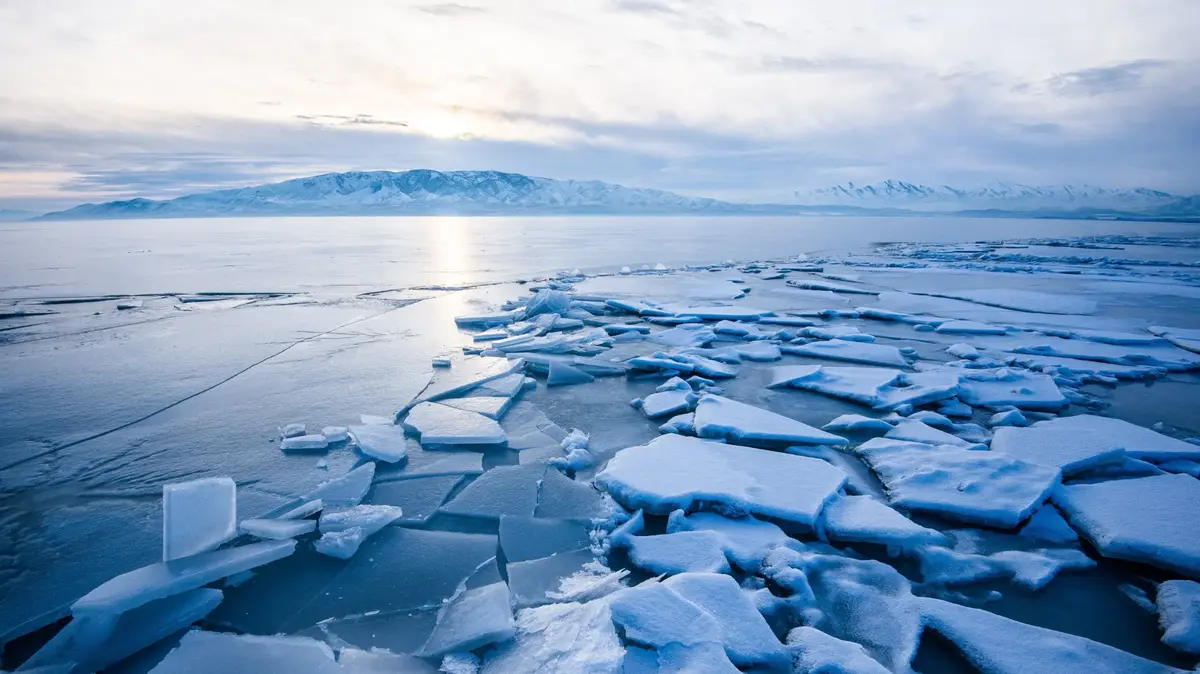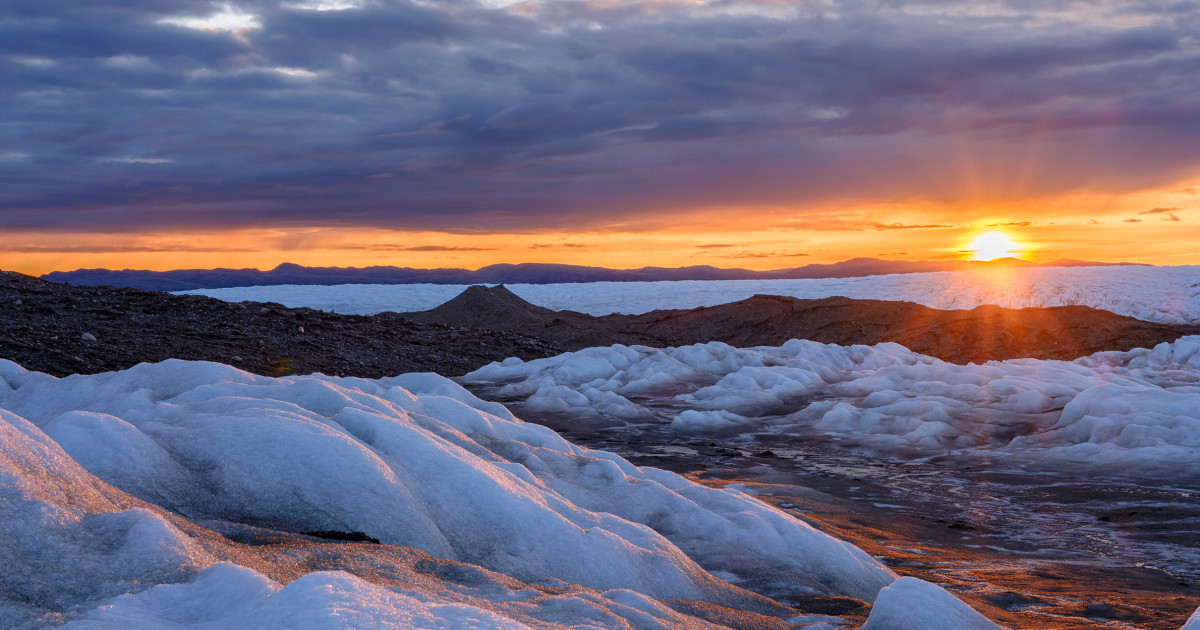Enlarge image
Ice in East Antarctica: several kilometers thick in places
Photo: Richard Jones / Durham University
Most of the world's glacial ice is stored in East Antarctica.
It is up to four kilometers thick in places – for now.
Because climate change is also leaving its mark in this region of the world and illustrates the great danger of an ever-warming earth: According to a study, the melting of large ice masses in East Antarctica could contribute to a rise in sea level by several meters.
According to the experts involved, such horror scenarios can only be averted if the international community finally succeeds in achieving the climate goals set out in the Paris Agreement: limiting global warming to below 2 degrees and if possible below 1.5 degrees Celsius.
more on the subject
Warmer ocean currents: Antarctica is losing more ice than feared
When the water comes, people have to give way
The team of scientists, led by the University of Durham in England, has studied how sea levels change as climate change progresses - and further contribute to the melting of the East Antarctic ice sheet.
The results were published in the journal »Nature«.
"We used to think that East Antarctica was much less vulnerable to climate change compared to the ice sheets in West Antarctica or Greenland," lead author Chris Stokes, from the Department of Geography at Durham University, UK, said in a statement on the work.
However, experts now know that areas in East Antarctica are already losing ice.
Stokes and colleagues have calculated that if global warming remains below the limit of 2 degrees Celsius, the meltwater from the ice sheet would raise global sea levels by less than half a meter by 2500.
However, if warming exceeds 2 degrees and greenhouse gas emissions remain high beyond 2100, ice sheet melting could add about 1 to 3 meters to global sea level by 2300 and 2 to 5 meters by 2500.
And that would add to the melting of ice in Greenland and West Antarctica, could put millions of people living in coastal areas around the world at risk.
"It's important that we don't wake up this sleeping giant"
To assess the sensitivity of the ice sheet, experts also consider how it has responded to past warm periods and where changes are currently taking place, the release said.
They then analyzed a series of computer simulations from previous studies to estimate the impact of different greenhouse gas emissions and temperatures on the ice sheet in 2100, 2300 and 2500.
"A key conclusion from our analysis is that the fate of the East Antarctic Ice Sheet remains in our hands," Chris Stokes is quoted as saying.
"This ice sheet is by far the largest on our planet and contains the equivalent of 52 meters sea level, and it's really important that we don't wake this sleeping giant."
an








